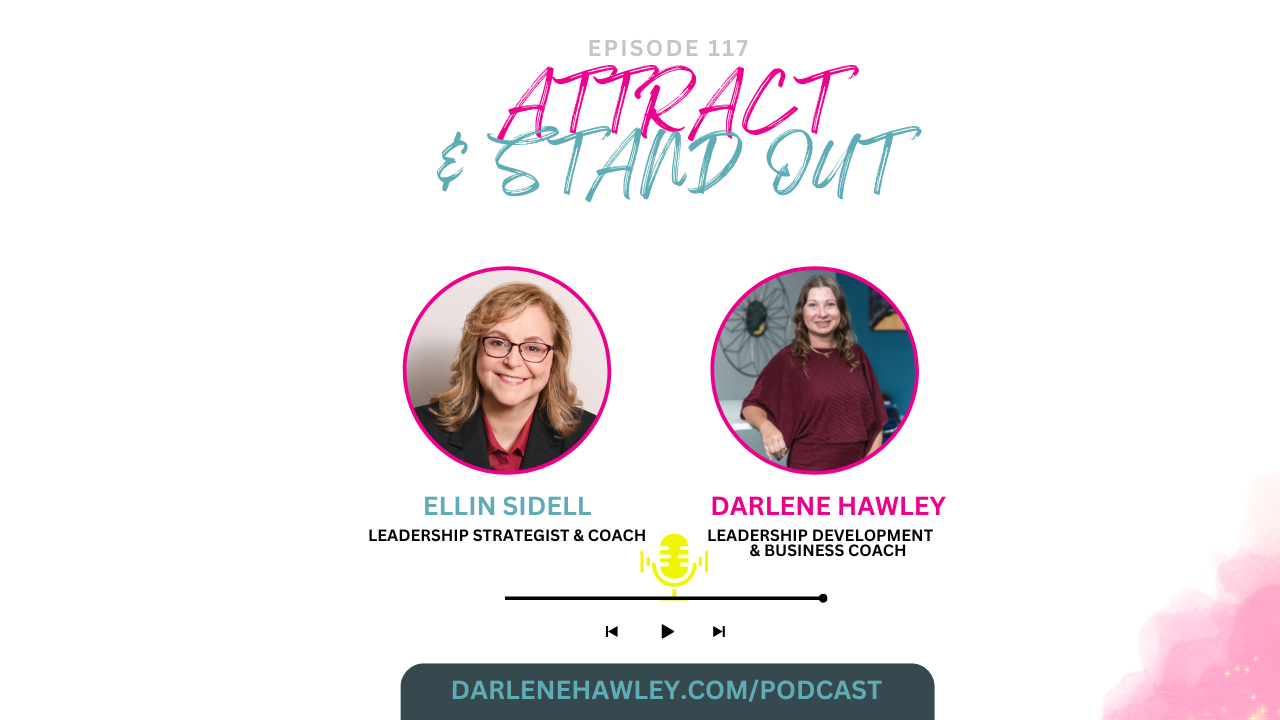Who It’s For: Entrepreneurs, Senior Business Leaders, Managers, Sales Professionals, Female Leaders, and R&D, Innovation, DEI, and Other Critical Teams
Dealing with Criticism: Turning Feedback into Growth
How to Handle Criticism and Turn Feedback into Growth: Tips for Embracing Constructive Criticism with Confidence.
One of my clients, Katie, who has a strong track record of leading her team and driving results. After working with each other for the past seven months, she felt confident in her leadership style. Well she did... until a critical email from a board member challenged her approach. The email pointed out specific areas where Katie’s strategy didn’t align with the company’s goals, expressing disappointment and suggesting major adjustments.
When Katie first read the email, she felt a wave of defensiveness. Her instinct was to push back, to defend her decisions, and to explain why her approach had proven effective in the past.
But she paused.
Instead of reacting, she reached out to me, looking for guidance and coaching on how to handle criticism without letting it diminish her confidence or authority.
As we talked, I asked her two questions to help her process the criticism and refocus:
- What about this feedback, if anything, feels true for you?
- How could this feedback, even if challenging, help you grow or refine your approach as a leader?
Initially, Katie found it hard to look past her frustration, but after diving into these questions and a series of others it helped her see the feedback from a new perspective. Instead of viewing it as a personal attack, she began to recognize it as a chance to further develop her leadership skills. Katie realized that, while the board member’s message was blunt, there were insights that could help her fine-tune her strategy to align more closely with the organization’s larger goals.
By the end of our conversation, Katie felt both empowered and equipped with a renewed commitment to growth. She even reached out to the board member to express her appreciation for their input and to discuss how her refined approach would benefit the team and company goals. (Honestly this was so brave and bold, I'm so proud of her.)
If you’ve ever faced criticism in a high-stakes environment, here are some key lessons and strategies that can help you turn feedback into growth, just as Katie did.
1. Pause and Reflect Before Reacting
When you receive criticism, especially if it feels pointed or unexpected, your first instinct may be to defend yourself or dismiss the feedback entirely. But taking a moment to pause and reflect can make all the difference.
Try this: Pause, breathe, and step back. Consider the source and think about what they’re actually saying. Is there a truth in their feedback that could help you improve? Often, criticism has nuggets of insight we can use... if we give ourselves the time to process it calmly.
Small Impact Tip: Next time you receive constructive criticism, wait at least 24 hours before responding. This cooling-off period allows you to approach the feedback with a clearer mind and a more open perspective.
2. Separate Your Work from Your Worth
It’s easy to take criticism personally, especially if it’s about work you’re passionate about. But one of the most freeing mindsets you can adopt is learning to separate your work from your worth. Your value as a person doesn’t depend on flawless execution in your career or business. Embracing this separation allows you to look at feedback objectively.
Consider feedback as constructive information, not a verdict on your abilities. By viewing criticism as a guide for improvement, rather than an attack on your character, you can approach it with less emotional weight and more curiosity.
Small Impact Tip: When you receive feedback, write down the core message in a journal, removing any emotional language. For example, change “This didn’t work” to “Explore different approaches.” This reframing can help you focus on solutions rather than feeling judged.
3. Look for Patterns in the Feedback You Receive
Every piece of feedback is unique, but sometimes patterns emerge that point to areas for genuine growth. For instance, if multiple clients suggest that your communication style could be clearer, this recurring theme might signal a real opportunity for improvement. Patterns are like road signs, guiding you toward areas that could benefit from refinement.
To make this easier, consider keeping a “feedback log” where you record constructive criticism and highlight recurring themes. Seeing patterns can help you identify specific skills or approaches to develop, which can lead to significant long-term improvement.
Small Impact Tip: Set up a simple system for tracking feedback, whether it’s a digital note or a section in your planner. This log allows you to reflect on feedback over time and see your progress, which can boost your confidence.
4. Ask for Clarification and Guidance
When faced with unclear or broad criticism, it’s okay to ask for more context. Reaching out to the person giving feedback—whether it’s a client, colleague, or supervisor—can help you understand exactly what they’re hoping to see from you. Engaging with them not only shows that you’re invested in improving but can also open up valuable dialogue for collaborative growth.
For instance, Katie reached out to the board member to better understand their perspective and found that they appreciated her openness. By discussing the feedback, she was able to make specific changes that didn’t just please the board but also enhanced her overall approach as a leader.
Small Impact Tip: Try responding to feedback with a question, like, “Thank you for sharing your thoughts. Could you give me an example of how I could improve in this area?” This approach shows a commitment to growth and allows you to gain clarity.
5. Shift to a Growth Mindset
One of the most powerful ways to handle criticism is by adopting a growth mindset—the belief that abilities and intelligence can be developed with effort, learning, and persistence. Instead of seeing feedback as an evaluation of your abilities, view it as an invitation to grow and refine your skills.
This mindset shift empowers you to embrace criticism as a natural part of learning and progression. With a growth mindset, each piece of feedback becomes an opportunity to expand your capabilities and step more fully into your potential.
Small Impact Tip: Start by reframing “I failed” moments to “I’m learning.” This simple language shift reinforces that criticism isn’t the end of the story; it’s the start of your next improvement.
6. Recognize Your Progress and Celebrate Small Wins
It’s essential to track your progress and celebrate even the smallest improvements. If you’ve taken constructive feedback to heart and applied it, acknowledge that effort. Self-recognition is an antidote to the sting of criticism, reminding you that you’re on a path of continual growth.
For Katie, keeping a journal of her achievements helped her rebuild confidence each time she applied feedback successfully. She began to see each critique as a stepping stone, not an obstacle. This habit of celebrating small wins allowed her to shift her focus from perfection to progress.
Small Impact Tip: Keep a journal of small wins and reflect on it regularly. This habit can remind you of how far you’ve come and reinforce your ability to grow from feedback over time.
Conclusion: Embrace Feedback as Fuel for Growth
Dealing with criticism isn’t always easy, but it can be one of the most rewarding parts of your personal and professional journey. By embracing feedback and turning it into actionable steps, you’re able to continuously evolve, strengthening your confidence and skills along the way.
Remember, learning from criticism doesn’t have to shrink your confidence. When you view it through a lens of growth, it becomes a powerful tool that helps you reach your full potential. Just like Katie, you can learn to take feedback in stride, turning each critique into a stepping stone toward success.
So next time you receive feedback that feels challenging, pause, reflect, and look for the growth opportunity within. You’ll find that each critique holds a chance for a breakthrough... one that brings you closer to your best self.
Think back to the last time you received unexpected feedback—how could seeing it as an opportunity for growth change your approach?
✨Ready to Own Your Story and Attract Your Dream Clients?✨
If you’re ready to stop second-guessing your message and start using storytelling as a powerful tool to connect, inspire, and sell—then I’d love to invite you to my It’s Time to Own Your Story: Mini-Course.
In this self-paced course, you’ll learn how to:
✔️ Identify the key moments in your story that captivate your audience.
✔️ Share your story in a way that builds trust and positions you as the go-to expert.
✔️ Use storytelling across your website, social media, and sales conversations to attract and convert more clients.
Plus, you’ll get a
step-by-step workbook and
personal feedback on your brand story—so you can start sharing with confidence.
Hey There!
I'm Darlene
As a mother, wife, connector, and dream builder, I’m Darlene Hawley, the founder of DarleneHawley.com and an Executive Leadership & Businesss Coach dedicated to empowering leaders like you.
My passion lies in helping ambitious professionals cultivate their unique leadership style while crafting an authentic and impactful personal brand. Through my coaching, we’ll work together to build a solid foundation that not only inspires your team but also drives results and growth within your organization.
Since 2007, I have been committed to guiding leaders and entrepreneurs in launching and scaling their businesses with confidence and clarity.
Today, I focus on supporting women in reaching their leadership goals and living their dream lives—all while balancing the joys of raising my family and creating meaningful memories each day.
Together, we’ll transform your challenges into opportunities, allowing you to lead with authenticity and inspire those around you.












